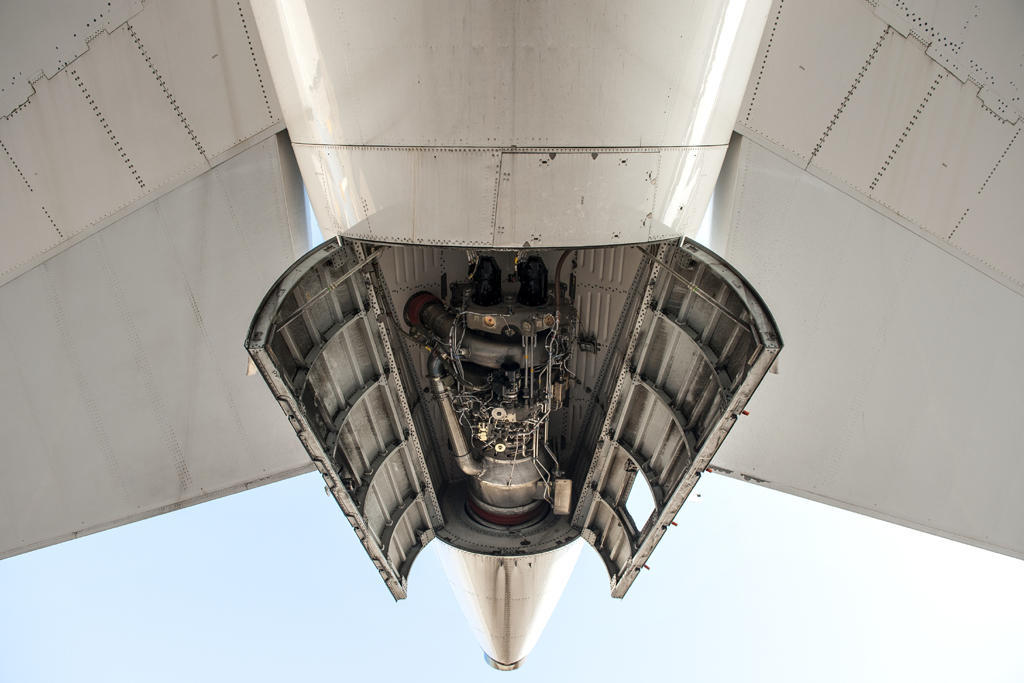


Find out the Source of Air to the Aircraft Environmental Conditioning System (ECS) !
Environmental Conditioning System (ECS) or Air conditioning system can be contaminated by the non-aircraft source ingestions, i.e. industrial pollution as well as engine exhaust pollution from the many vehicles and aircraft operating in the airport.
Since the ECS is supplied with air from the Auxiliary Power Unit (APU), engine bleed system or Ground Power Units (GPU), there is also a possibility of contamination from these aircraft sources .
- Ambient fumes ingested by the APU.
- Aircraft external fluid leakages ingested by the APU.
- APU external fuel or oil leakages ingested by the APU
- APU internal oil leakages .
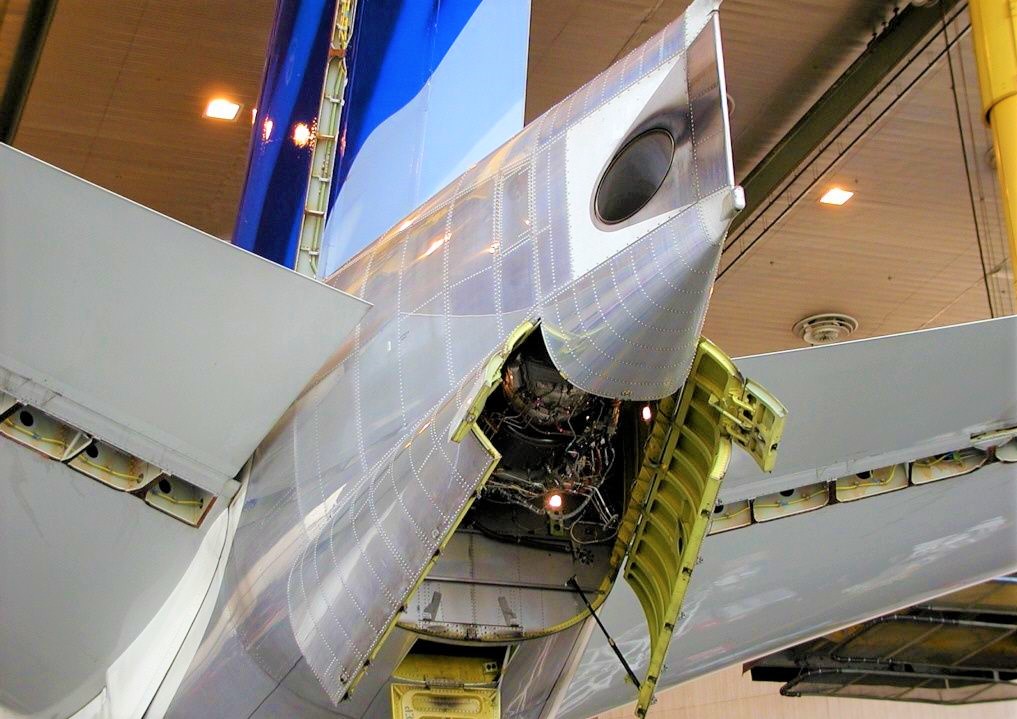
One of the contamination sources is the APU, which can result from either internal leakage or re-ingestion of oil following external leakage.
It is always important to find out the exact source of the contamination, so that a corrective action can be initiated.
External fumes or ambient fumes present in the vicinity of the APU intake (i.e. exhaust gas fumes from main engines of any aircraft nearby, or ground power units (used during ground operation, etc.) may be ingested, leading to smell in cabin. The smell will stop when the fumes are no longer ingested.
The Action :
When this aspect is confirmed, no further inspections is needed on the APU. Performing a cabin ventilation helps !
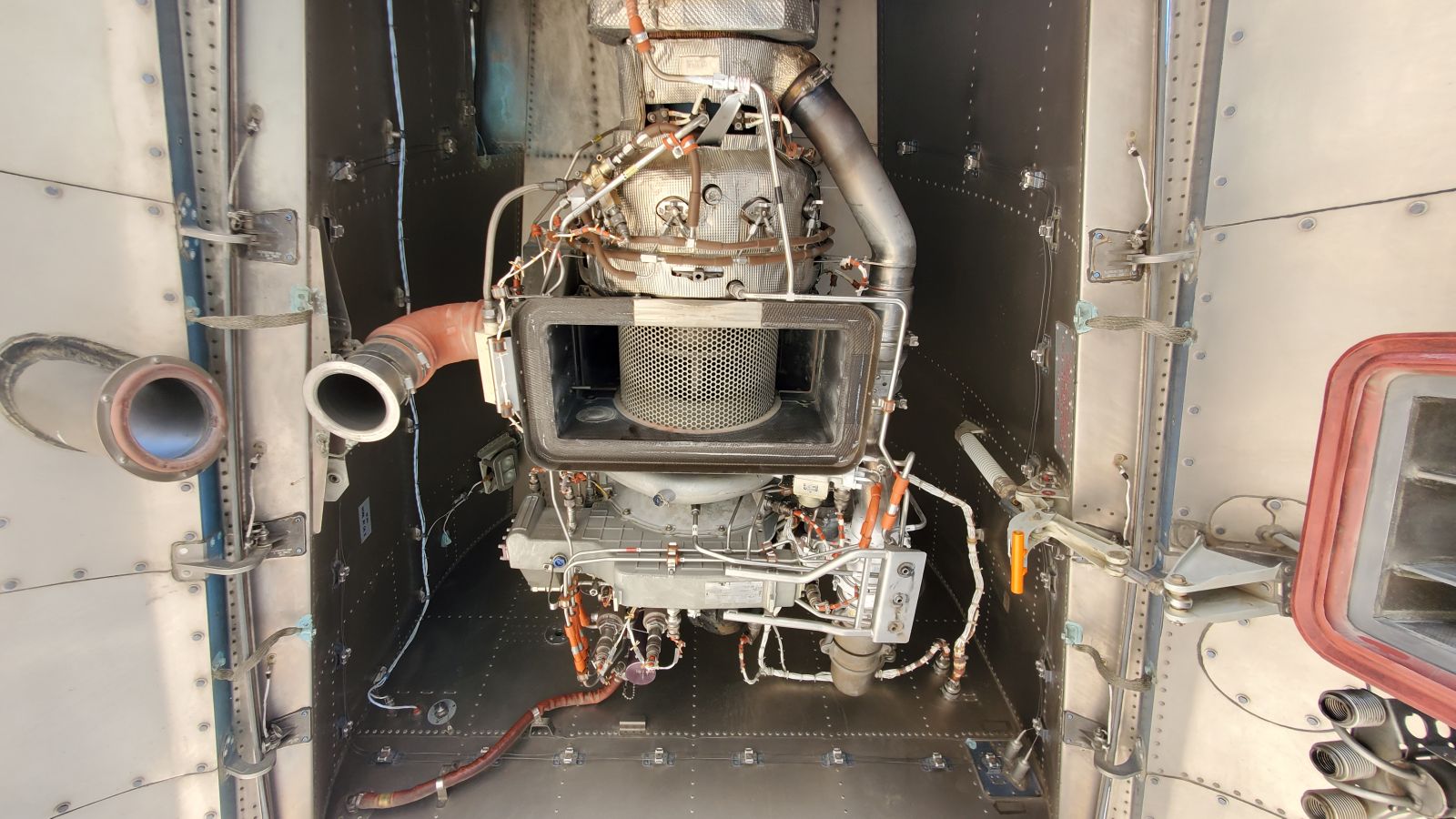
Sometimes, leaked aircraft fluids from the main landing gear (MLG) bay may get directed up to the APU air intake. Hydraulic fluid / fumes can get ingested to a running APU, causing an ECS contamination and smell in the cabin.
Under these circumstances, a check for the presence of hydraulic fluid on the APU inlet duct to confirm ingestion by using ultra-violet/black light. Any hydraulic leak identified must be fixed.
Many times odour in the cabin can happen following an aircraft de-icing process. If , that is the case, inspect the external surfaces of APU doors for presence of de-icing fluid and then check if there is any on the APU inlet duct.
Be vigilant that, when using de-icing fluid on aircraft, the APU bleed system should be selected ‘off’. Also avoid APU bleed immediately after an aircraft de-icing is completed.
When this aspect is confirmed, no further inspections is needed on the APU. Performing a cabin ventilation helps !
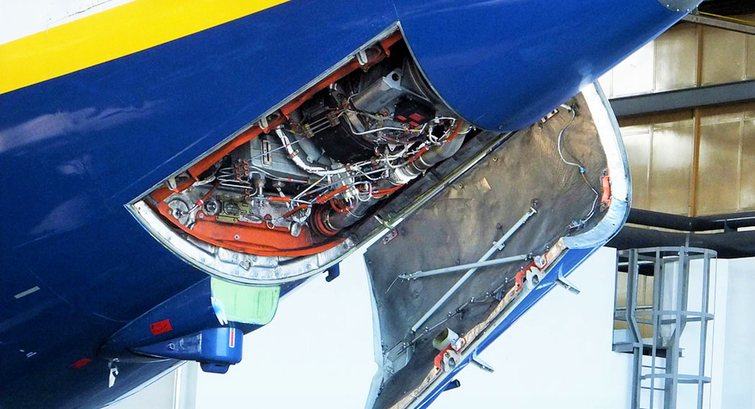
Sometimes, External oil or fuel leakage from the APU may get re-ingested if,
If an APU external fluid leakage re-ingestion by the APU is suspected, a thorough check up of APU system is required using AMM , some examples are as below !
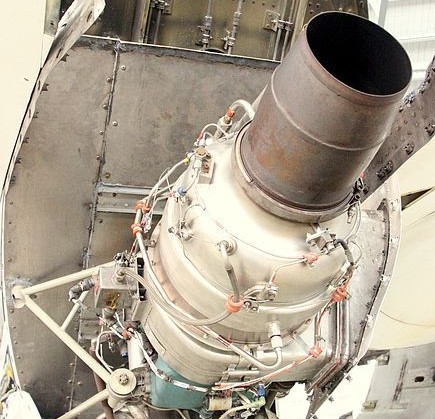
Eliminate the source of contaminants as per AMM instructions. Sometimes an APU removal is needed depending on the source of contamination.
Only elimination is not enough, after all the contamination sources are eliminated, cleaning the contaminated APU compartment is imporatant !
Clean the APU intake system, APU inlet plenum and APU Load Compressor as per AMM guidelines. Aircraft pneumatic system decontamination is also required.
Failure to do so will lead to recurring reports of odours in the cabin.
Note : Use OEM / Aircraft manufacturer recommended practices and manuals for any maintenance attempt on the aircraft. Above write up is for the purpose of general understaning only !
